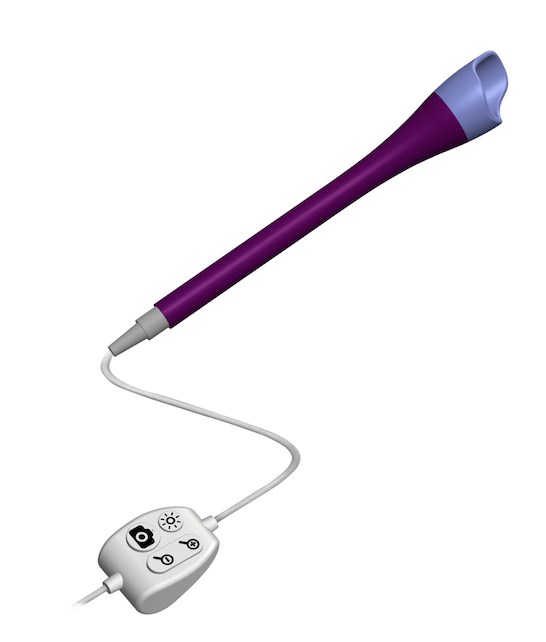Creating Space for Interdisciplinary Thinking and Doing
- dukegwht
- Jan 29, 2021
- 3 min read
Recap: An (In)visible Organ Panel Event

On January 28th, the Center for Global Women’s Health Technologies (GWHT), along with the Calla Campaign, hosted a panel event titled, “Creating Space for Interdisciplinary Thinking and Doing” in response to the screening of The (In)visible Organ documentary on January 14th. Four incredible women involved with The (In)visible Organ joined us as panelists:

Dr. Nimmi Ramanujam Dr. Nimmi Ramanujam is the Robert W. Carr Professor of Engineering and Professor of Cancer Pharmacology and Global Health at Duke University. She founded the Center for Global Women’s Health Technologies (GWHT) in 2013, where she empowers trainees to create impactful solutions to improve the lives of women and girls globally.
Dr. Wesley Hogan Dr. Wesley Hogan is the director of the Center for Documentary Studies at Duke University and Research Professor at the Franklin Humanities Institute and Department of History. Dr. Hogan writes and teaches the history of youth social movements, human rights, documentary, and oral history.

Dr. Gita Suneja
Dr. Gita Suneja is Associate Professor of Radiation Oncology at the University of Utah School of Medicine and an investigator at the Huntsman Cancer Institute. She has a secondary appointment in the Department of Population Health Sciences. Her clinical specialties include the treatment of breast and gynecologic malignancies. Her research program focuses on utilizing advanced health services research methods to enhance health equity and cancer outcomes.
Dr. Mercy Asiedu
Dr. Mercy Asiedu graduated from the Center for Global Women’s Heath Technologies in 2019 with her Ph.D. in Biomedical Engineering, where she worked on developing the Callascope and Pocket Colposcope technologies. Mercy is currently a postdoc at MIT computer science and artificial intelligence lab.

The panelists gathered to discuss the necessity of interdisciplinary approaches to developing new health technologies, specifically in the case of the Callascope, the subject of The (In)visible Organ film. The film tells the story not only of the device, but also the story of women, as they fight the shame and stigma that surrounds women’s reproductive health and cervical cancer. The documentary showcases how the engineers that developed the Callascope quickly realized that in order for the device to be successful, women need to be comfortable adopting it and participating in cervical cancer screenings — thus requiring an interdisciplinary approach to designing and introducing the device.
After each giving a short talk on their involvement in the Calla Campaign and the role of interdisciplinary study in their work, the panelists answered some questions about interdisciplinary thinking & doing and The (In)visible Organ. Questions included, “how do new methods emerge from interdisciplinary work?” and “how can The (In)visible Organ expand our thinking about global reproductive health justice more broadly?” Finally, the panelists took questions from the audience and shared about the progress the Calla Campaign has made since the filming of the documentary.
A clear takeaway from the panel is the importance of centering the populations you are trying to serve. This may mean stepping outside of your own field of study or area of comfort, but it is ultimately necessary for success.
View a full recording of the panel discussion.
Use the links below to further interact with the panel & The (In)visible Organ:
Learn more about hosting a screening of the documentary with your organization, by connecting with the (In)visible Organ or visiting their website, www.theinvisibleorgan.com.
For any further questions, connect with the Center for Global Women’s Health Technologies.





Comments